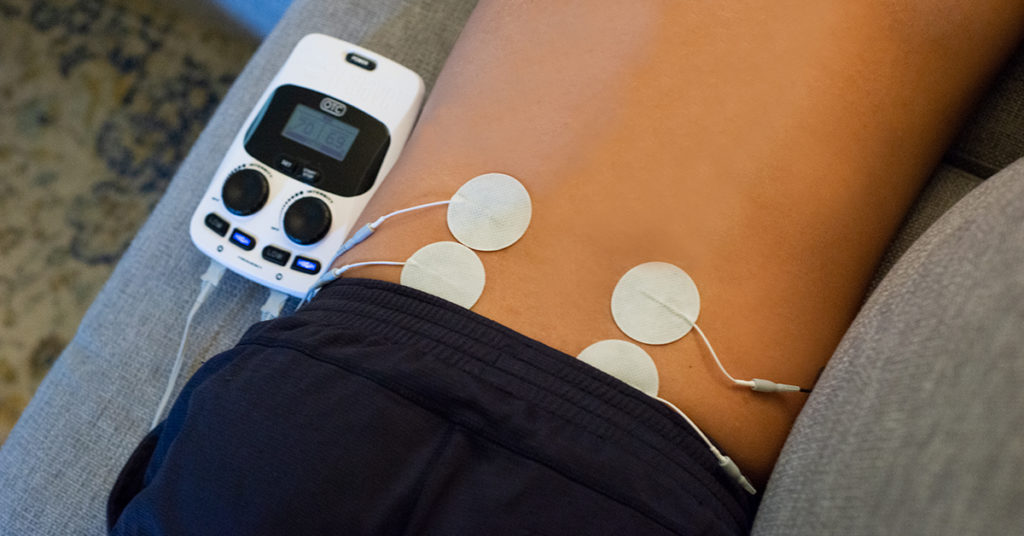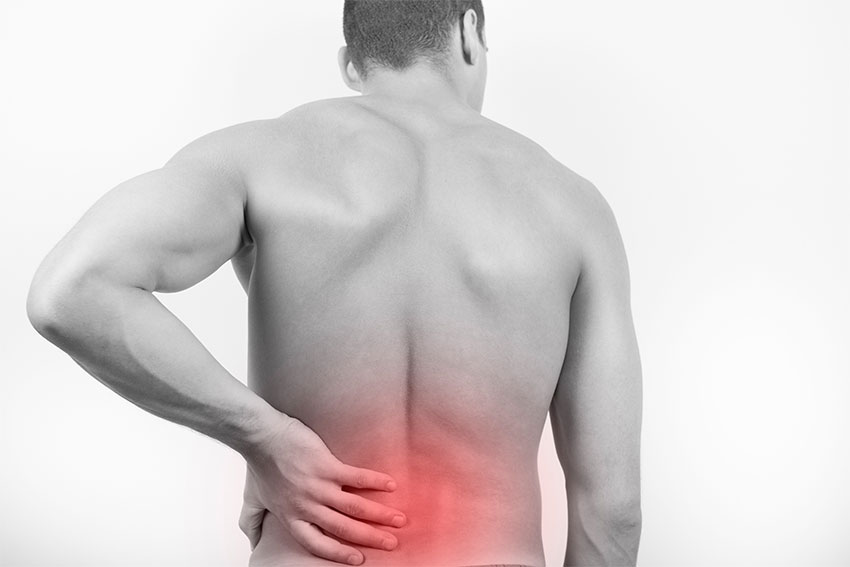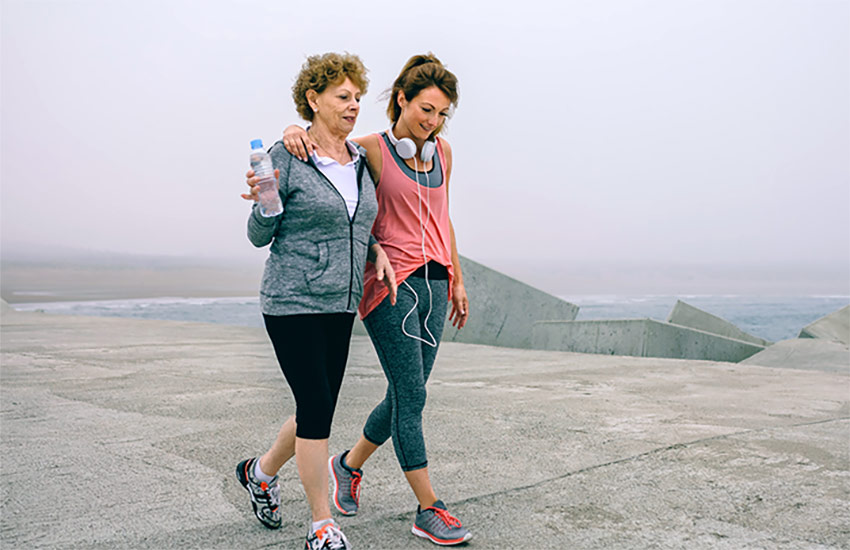The Best New Years Resolution for 2021: Get Out of Pain
This January, millions of people around the world were more than ready to say GOOD-BYE to 2020 and welcome 2021 with new hope for a better year. With COVID vaccinations rolling out, and other restrictions being lifted, businesses should start to reopen providing jobs for those who lost theirs in 2020 and hopefully re-invigorate our economy.
As we begin to figure out what the “new normal” will look like moving forward, many people are making different new years resolutions than they may have in the past. Typical resolutions might include things like “lose weight, eat better, get more exercise, get organized” and “save more.” And while many people may still be focusing on health-related goals, it seems that the intentions behind them have changed. Instead of wanting to lose weight and eat better in order to look better and shed the holiday weight, many people are focusing on targeted goals to improve their health because of COVID-19. They want to reduce their risk of being more susceptible to the virus, as well as boost their immune system.
Eating more nutrient-rich foods, cutting back on processed and artificial foods, and moving your body more on a regular basis are all great ways to start losing weight and working towards a healthier YOU. Additionally, getting organized in your home (which may now be your work, school, and childcare spaces as well), can definitely help provide a sense of calm and structure. However, there’s one new years resolution that’s rarely heard:
“This year I’m going to be pain free!”
Why do you think that is? According to the CDC, over 20% of adults had chronic pain and over 7% of adults had chronic pain that frequently limited life or work activities, so we know this isn’t a small problem. Additionally, with the limited access to medical care in 2020, many people were unable to keep up their normal regimen of treatments which help manage their pain.
Living with chronic pain can affect every aspect of your life including your physical comfort, mental and emotional well-being, sleep, family, relationships, and work just to name a few. So why do we not hear more people declaring for their new years resolutions that they are going to get out of pain?
For starters it can be frustrating, time consuming and very costly. Additionally, pain medications can have terrible side effects sometimes causing more damage than the benefit they are supposed to provide. Other treatments aren’t always accessible 24/7, or can be invasive and expensive like surgery.
Well this year could be different if you’re willing to make a few changes and possibly try something new. Here are three suggestions to try this year:
1. Set Achievable Exercise Goals
Many people start out too strong with exercise goals in the New Year. You’ve probably seen it – the gym is packed for the first 2-3 weeks of January but by the end of February it’s empty again. One reason for this could be that people are setting unrealistic goals, for example: losing 30 pounds in 2 weeks, only to result in burnout. Overworking your muscles could also result in injury, which would set your exercise goals back even further. Additionally, if you set your goals too high you could be setting yourself up for failure, which can leave you easily discouraged and frustrated. This year try setting an attainable goal first, like a simple walk for 30 minutes – either around the block or around your house. Afterall steps are steps, no matter where you take them. This may seem like a small of a goal to some but starting small can have it’s advantages. Research has shown that once a goal has been achieved, you’re more motivated to set and achieve another one. Research has also shown that simple exercise like a 30-minute walk can have transformative health benefits. Use this strategy to get started, then consistently increase your scheduled exercise goals even if each change is only incremental. Maintaining mobility is one of the best ways to reduce pain since movement helps move congestion and waste through your lymphatic system.
2. Dedicate Time to Stretch
Stretching is one of the easiest things you can incorporate into your routine. It keeps the muscles flexible, strong, and healthy, and we all need that flexibility to maintain a range of motion in the joints. But stretching seems to be what most people skip during their routine exercises. Studies have shown that orthopedic patients can benefit from both static and pre-contraction stretching which can increase range of motion and help prevent injury. An easy way to make sure that you don’t skip this vital part of exercise is to schedule it into your daily routine. Whether it’s the first 5-10 minutes and last 5-10 minutes of your daily exercise, or a separate time like 30 minutes before bed. If it’s in your schedule, you’re more likely to complete it and not skip over it. For extra insurance you can always set an alarm as well! Maintaining your flexibility through stretching will help you stay mobile as well, and continue to flush out areas of congestion (swelling) in your body, which can help reduce pain. Here are some stretches that you can try at home.
3. Try Something New
If you already have a decent exercise and stretching routine but are still in pain, or if you simply can’t move, walk, or stretch because it’s too painful to do so, you might want to try a new approach to mobility. The H-Wave is a fantastic option for those that have tried everything else, but nothing has been able to provide lasting relief or significant pain reduction allowing you to get back to motion. The H-Wave is a unique form of electrical stimulation that’s portable, so you can use it whenever and wherever you need relief. It has two settings:
- High Frequency which creates on-demand pain relief by targeting nerve pain in the spine or through joints. This technology provides a profound analgesic effect that’s so strong, the FDA has cleared it for dental anesthesia.
- Low Frequency which creates non-fatiguing muscle contractions in order to increase blood flow and decrease congestion through lymphatic drainage. This setting accomplishes what regular movement and mobility naturally does within your body, but it does it without fatiguing the muscles or tissues. Increasing blood flow helps bring nutrients to an injured area, and decreasing congestion flushes the waste products out of that area which can provide significant pain relief caused by the congestion (swelling).

One common misconception is that H-Wave is similar to a TENS device. While they are both electrical stimulation, H-Wave provides much more significant pain relief that lasts long after the device is turned off. Whereas TENS is simply a pain-masking device, without long-lasting effects. If H-Wave can help reduce your pain, you’ll be able to move more, interact more with others, accomplish everyday tasks, and get back to feeling of “normalcy” by spending time doing the things you love.
With a new year comes new opportunity. So if you’re someone who suffers from chronic pain and are looking to make a different type of new years resolution in 2021, why not make this year the year you get out of pain and get back to your life? Hopefully, the tips provided above can help you do that.
You may also like:
Simple Steps To Manage Your Pain While At Home
How to Manage Acute Onset Pain | Kelly Starrett, DPT
Effective Alternatives Exist Today: Opioid Utilization, Chronic Pain, and COVID-19


